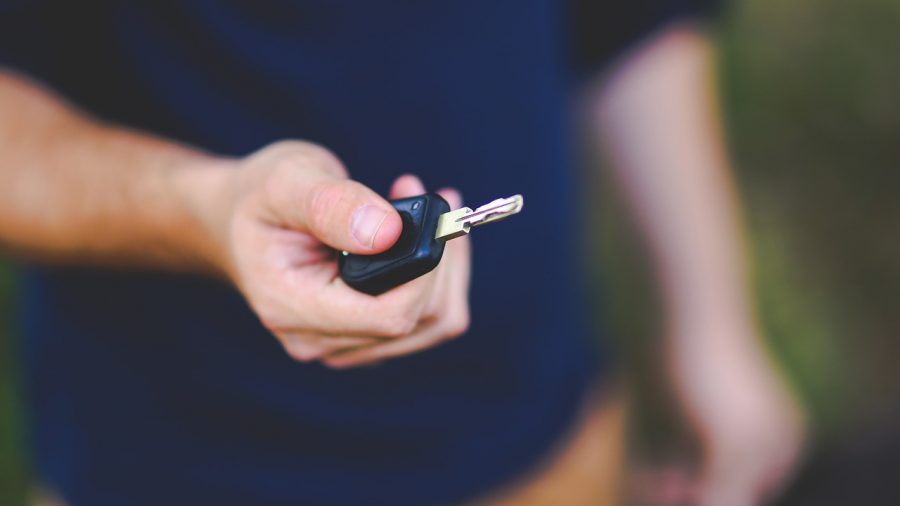Judging by the congestion on Sydney’s roads, you might think Australians are driving more than ever. There are 18.2 million vehicles on Australian roads, about half a million more than there were in 2014. But we are driving less – average kilometres travelled in passenger cars and in cities have actually fallen.
Not using less fuel
As the table shows, average kilometres for a passenger car have fallen 3% from 13,200 in the 12 months to October 2014 to 12,800 in the 12 months to June 2016.
This does not mean Australian motorists are using less fuel.
Total distance travelled in all types of vehicle has risen 2% and we use 1% more fuel than in 2014. Not only that, more vehicles run on diesel compared to petrol, up from 40.5% to 42.5% of trips over the same period.
| 12 months to June 2016 | % difference | 12 months to October 2014 | 12 months to June 2012 | |
| Total distance travelled Kms millions |
249,512 | +2.1% | 244,369 | 232,453 |
| Ave distance/ all vehicles Kms |
13,716 | -0.6% | 13,800 | 14,000 |
| Ave distance/ passenger cars Kms | 12,800 | -3.0% | 13,200 | 13,200 |
| Volume fuel used Megalitres | 32,732 | +1.0% | 32,402 | 31,839 |
| Ratio of petrol to diesel % |
53.2% petrol 42.5% diesel |
54% petrol 40.5% diesel |
57.3% petrol 37.7% diesel |
Source: Surveys of Motor Vehicle Usage, ABS.
What is going on?
One reason for the drop in average kilometres is we drive less often in capital cities. This is most likely because of increased congestion, expensive parking, public transport and ridesharing alternatives. Between October 2014 and June 2016:
- Total distance driven in Australian cities fell 9.5% from 110 to 99.5 billion kms
- Distances travelled in other urban zones and rural roads actually rose 11.8% from 62.16 to 69.5 billion kms.
While Australians appear to be driving less, it looks like a reflection of what is happening in cities rather than a broader national trend. People living in country areas do not experience high congestion or parking costs, nor do they have access to public transport or ridesharing to the same degree.
Younger people drive less
Another possible difference is the changed behaviour of younger people. We know younger people (18-34) are not nearly as willing to get their licences and drive as they were a decade ago. Roy Morgan research found:
- Only two thirds of this age group are now driving (nearly three quarters in 2006)
- Nearly 20% have Uber on their phones and 66% used Uber in the past month
- They make up nearly half of 200,000 Australians who use ridesharing (compared to only 10% of baby boomers).
The future
Will we be driving less? As younger people get older, it will be interesting to see whether they start to drive motor vehicles to the same degree as older generations. If they don’t, we can expect to see a sizeable drop in distances travelled by private vehicles.
As ridesharing becomes legalised across Australia, it would be useful to track the average distances travelled by vehicles in ridesharing schemes.
Remember, the price of your green slip does not yet depend on distance travelled.


your opinion matters: